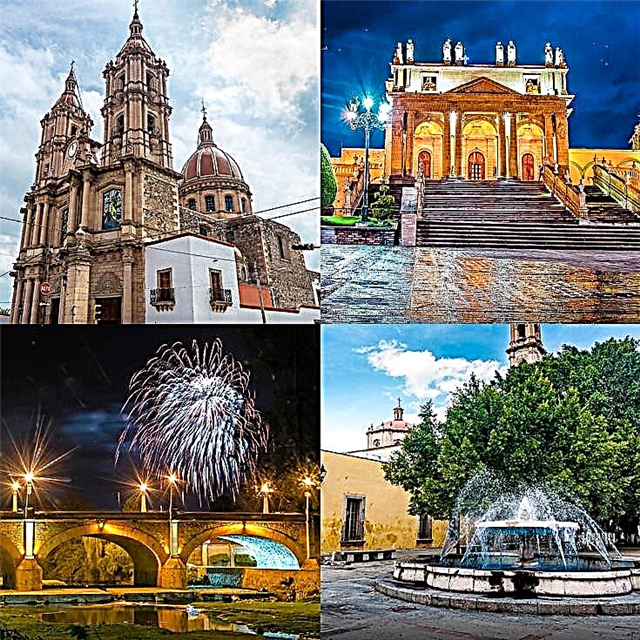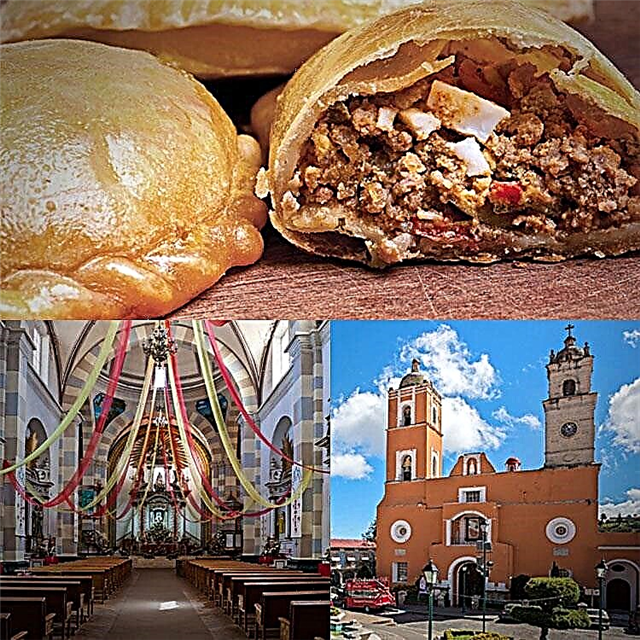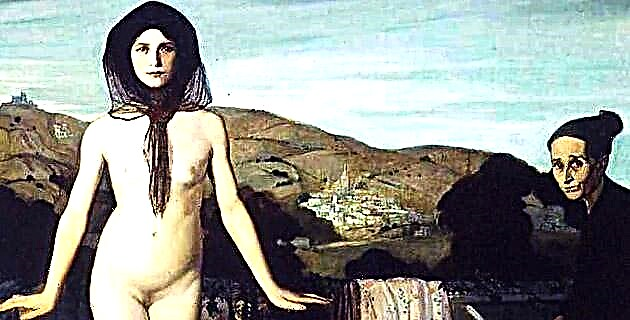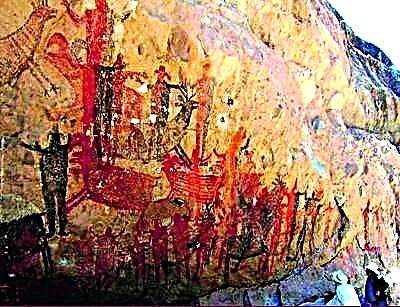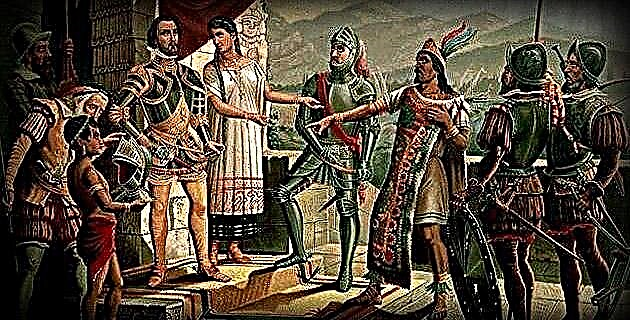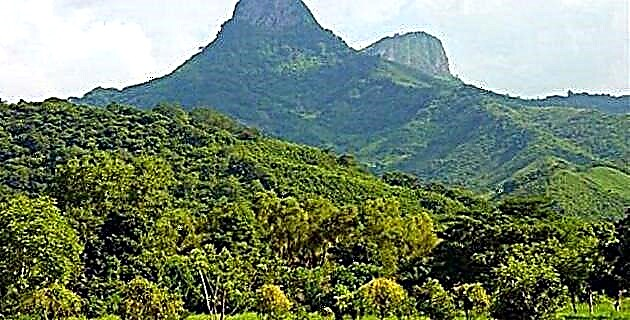
On this occasion our adventure led us to discover the secrets of this magical area in powerful ATVs
DAY 1. PACHUCA-OTONGO
The meeting point was the city of Pachuca, from where we left for the Sierra de Hidalgo. After three hours of curves and fog, we arrived at the Hotel Otongo, nestled in the mountains and surrounded by a wonderful mesophilic forest, where our hosts were already waiting for us with a delicious dinner.
Otongo is known as the "road to the needles" or "ant place" and it brings with it an interesting story. It was at the end of the fifties and the beginning of the sixties of the last century, when miners from Autlán, Jalisco, discovered the largest manganese deposit in North America and decided to build the most important industrial development in the region, which brought I get the construction of the Mexico-Tampico short road, among other things. At the same time, the Guadalupe Otongo industrial colony was raised, where the mine workers settled. The manganese crystalline basement dates from the Precambrian era. Manganese is used as an oxide, which is used in the dry cell industry, fertilizer and for some types of ceramics. Nearby there is a deposit of marine and plant fossils (fern plants) that, according to studies, date back at least 200 million years.
DAY 2. COYOLES-CUXHUACÁN TUNNEL
Ready to start our race, we load the ATVs with camping equipment, tools, and supplies. The caravan, made up of 30, left for the facilities of the Autlán Mining Company, where the crackling of manganese was already waiting for us. We gather in the main courtyard of the industrial complex, where we take the official photograph. Later we went to the entrance of the mine, as the managers gave us permission to enter with our vehicles. Excited, one by one we lined up and entered the Coyoles Tunnel. The noise of the engines echoed within the more than 2-kilometer-long mine. Water, black mud, puddles and mud made our underground walk even more exciting until we reached a point where a series of workshops and warehouses are installed, there the engineers and those in charge of the operation welcomed us and, at the same time, they reflected his impression by this never before seen fact. The miners put their picks and shovels aside to watch us pass and extended their hands to greet us. It was a great experience that we will never forget.
Later we moved to the town of Acayuca, there we went down 21 kilometers of dirt road until we reached Cuxhuacán, where we bought supplies. The passage of our caravan through the town was quite an event. There our star guide, Rosendo, was waiting for us. Thus, we crossed the town until we reached the Río Claro shore. We never imagined that we would have to cross it seven times !, so some ATVs had difficulties, but with the help of winches and teamwork, we all kept going.
Finally, with the last rays of light, after a path of extreme levels for many of us, we reached the camp, located at the bottom of an impressive canyon, where the Pilapa stream and Claro stream join to form the river Clear. It was the ideal point to relax and listen to the running of the water. Each of the participants pitched their tent and the organizers prepared a delicious dinner. It was like this that after living together for a while, we went to rest.
DAY 3. TAMALA-CASCADA SAN MIGUEL
The next morning, we had breakfast, set up camp, loaded the ATVs, and returned the same way we had come. Once again we had to overcome the seven crosses of the Claro. With the practice of the day before, everything was easier. The return became faster and more fun. At various crossings there was time to play in the water and for the photographers to take their shots. Thus, we arrived again at Cuxhuacán, where we said goodbye to Rosendo. Also there, the state Public Security van and the ambulance were waiting for us, who were aware of us at all times.
Then we headed to Tamala. The dirt road was long, but extremely beautiful, since we enjoyed the green mountainous landscape that characterizes the Huasteca. We passed through San Miguel and stopped next to a pasture, where we left the ATVs and to stretch our legs, we walked along a path that skirts the hill. The vegetation was closing in and the path became steeper and slippery. As we descended, the sound of falling water was heard closer and closer. Finally, after 25 minutes, we reached the fantastic San Miguel waterfall, which plunges from 50 meters high. Its fall forms pools of crystalline water and some of us do not resist the temptation and we jump into them to cool off a bit.
We returned to where we had left the ATVs, started our engines and returned to the hotel, where we finished this great adventure. To celebrate the success of our tour, the staff organized a Mexican Night for us, in which we had the traditional zacahuil, a giant tamale, enough to feed all the guests; and to liven up the party, a group of huapangos and huasteco sones played.
This is how much remains in our memory: adventure, spectacular landscapes, teamwork, good food and excellent company.
Photographer specialized in adventure sports. He has worked for MD for over 10 years!

